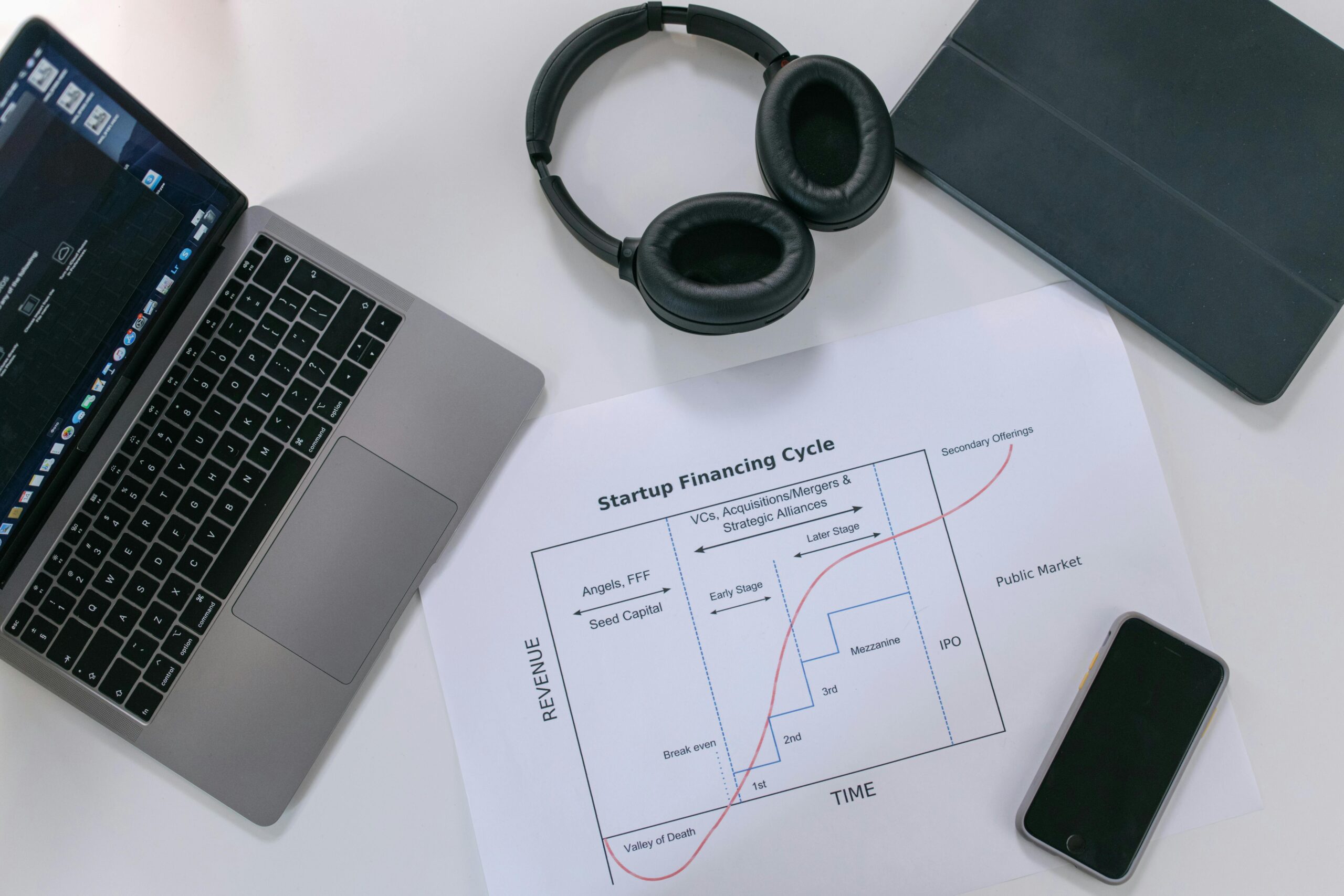
Sonos, a leader in premium audio products, launched a much-anticipated app update in May of last year. The result? Chaos. User outrage, device failures, a layoff, and a public apology tour from the CEO who then stepped down this month with an approximate $500m cost overall.
Ouch.
Unfortunately, app updates aren’t the only thing that can go sideways. Just like a product launch that flops, hiring mistakes can derail your plans and shake your confidence (and how many hiring – and layoff – mistakes happened in all that Sonos chaos?).
First, let’s talk about the feels. Making a bad hire can feel like catching whatever nasty virus is going around – you start to feel off, then you get that sinking feeling knowing you are getting sick – and there’s nothing you can do but take your medicine, sweat it out, and wait to recover.
With a bad hire, the symptoms get worse, performance slips, back and forth happens, weeks go by and finally you have to make a hard decision.
Hiring mistakes are also expensive. All the costs of hiring and training go to waste. And that’s just the tip of the iceberg. McKinsey found that the estimated cost of employee disengagement and attrition for a median size S&P 500 company ranged from $228 to $355 million per year.

Bad Hire Post-Mortem
After firing a bad hire, it’s understandable to want to move on ASAP. Even so, the funny thing about failure is that pain is an invitation to wake up smarter someday soon. How? By treating the situation as an opportunity to reflect and improve.
Whether it’s a product disaster or a hiring misstep, the strategic response is the same: Do a quick retrospective.
Still, you may be saying to yourself, “We don’t have time to dissect this. We need to move fast. Let’s focus on getting past it”.
Hint: there may be some pain avoidance going on. In reality, taking a look at what went down (literally) doesn’t have to take long. “Let’s keep pushing forward doing exactly what we did before and it will work better next time” was hopefully never said out loud, but might it have been what happened at some point on a team you know?
So, let’s break the cycle. Here’s how to turn that mistake into a lesson and set your hiring strategy up for success.

The Retrospective: Asking the Right Questions
Here are some questions we’ve asked ourselves – and encouraged our clients to consider:
- Consider the options in which business model we used for recruiting:
- Did we recruit in-house, assuming we had both the bandwidth and talent? (and an interesting one is do we track the internal cost per hire?)
- Did we outsource to the wrong partner and did they have the right business model that served us?
- Clarity:
- Was the hiring team aligned on what we really needed?
- Did we communicate transparently about what was strong and what was harder about working at our company?
- Pacing – Did we move too fast or too slow in working with candidates so we ended up with the best slate?
Now if you’re still thinking, “Who has time for this?”, the answer is, we do.
One thing we do that is really helpful to clients is when they bring us in to do a quick analysis of hiring strategy vs execution. When companies are scaling quickly, their hiring team is wearing many hats. Consistency and focus can understandably drift during the hiring process, and the bandwidth of team members can play a big role.
An effective antidote to this is to bring in an interim recruiter. This can right-size the bandwidth of the team and allow your team to focus on their core competencies, while a focused recruiting professional can be an extended member of your team who quickly learns what hiring successes look like at your company.
Let’s take a look at one example with a venture-backed healthcare client.

Case Study: Scaling Smartly with Interim Expertise
Consider a healthcare company scaling rapidly but strategically. In August 2023, they brought on an interim recruiter through Forshay. Originally tasked with filling just one key role—the CEO’s concerns about cost per hire lowered as he saw the quality and the results.
The CEO asked if our recruiter could research, source, screen and present candidates for other key roles on a part-time basis. Our model enabled the Company to scale thoughtfully and effectively without having to hire a full-time employee.
Here’s what happened:
- Flexibility for Success: Using Forshay’s hourly recruiting model, the COO shared, “The hourly recruiting model really worked for us in filling our Head of People role. It gave us the flexibility to play with the search parameters. Forshay presented a great range of quality candidates, and we are thrilled with the results.”
- Building Trust and Culture Alignment: Our recruiter developed deep trust with the executive team and hiring managers, understanding the company’s culture and unique needs.
- Scaling Thoughtfully: Over 17 months, our recruiter filled 18 critical roles, proving that part-time, high-trust recruiting can deliver impactful results.
- Ripple Effect: The success of this model sparked interest from other companies, demonstrating its effectiveness across the industry.
The CEO summed it up perfectly: “When we began scaling, we knew we needed extra resources to level up quickly. Forshay provided us with a seasoned Recruiting Consultant, who proactively identified and recruited for key roles that enhanced our growth. We continue to rely on Forshay for part-time recruiting support to ensure we land those ‘hard-to-find’ hires.”
The Takeaway
Hiring mistakes are bruising and expensive, especially for companies in high growth mode. Bringing in an interim expert to manage search and recruiting can result in better hires and avoid the collateral damage from “de-hiring” people who simply aren’t a fit. More importantly, building out a solid team creates an invaluable stable foundation for growth.
Are you ready for new energy in your hiring? We’re here for it. Reach out for a coffee chat today.







